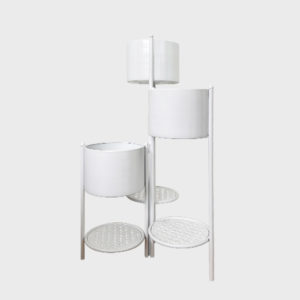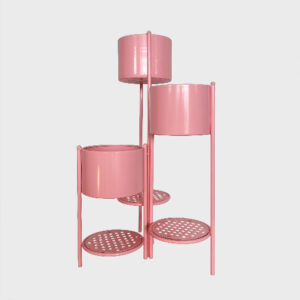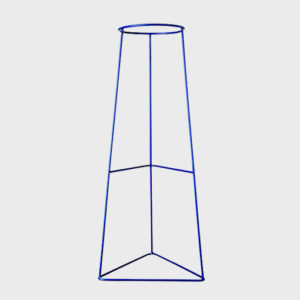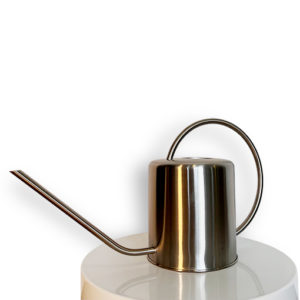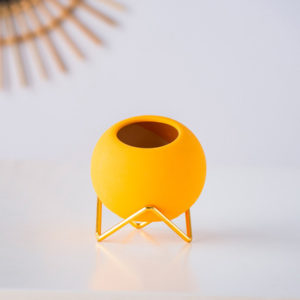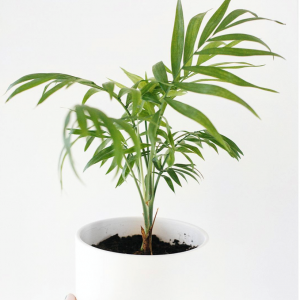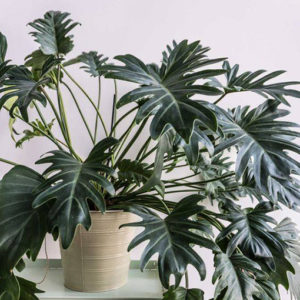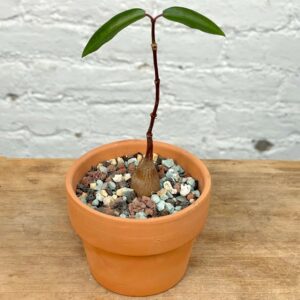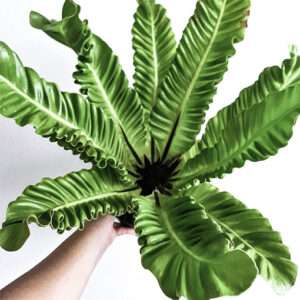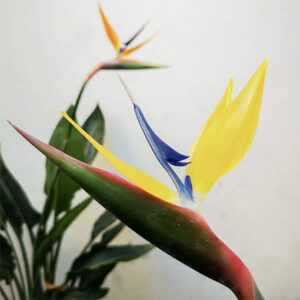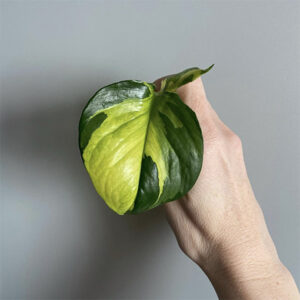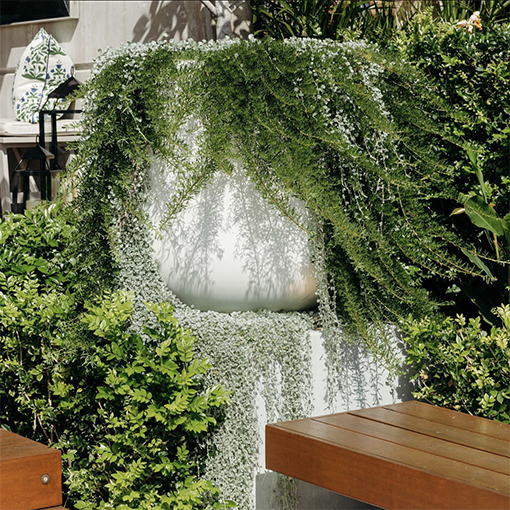
Check out this spectacular groundcover! 😎 The Australian native Myoporum Parvifolium a.k.a. Creeping Boobialla! A tough and fast-growing groundcover gem! ✨👌🌿
Where to buy a Creeping Boobialla – Myoporum Parvifolium in Australia?
Creeping Boobialla – Myoporum Parvifolium Introduction
Myoporum Parvifolium, often known as creeping boobialla and Creeping Myoporum, is a genus native to Australia. It is a low ground cover that grows into a dense mat of fine-leaved green foliage with purple tones. Its true beauty is revealed during the Spring and Summer months when it produces little white and pink blooms. This shrub has slightly serrated foliage with smooth edges, and its blooms appear in the center of the leaf axils. Growing a Myoporum Parvifolium is a great choice when you want green coverage but don’t want to mow grass or want a water conscious garden. Native birds love it too and sometimes feed on its tempting, meaty fruits. If you want to learn how to have a healthy Myoporum Parvifolium, continue reading and follow our expert care tips!
Creeping Boobialla – Myoporum Parvifolium Care Tips Introduction
Myoporums are simple to take care of due to their hardiness and ability to adapt to a wide range of growing conditions. Because it spreads so widely, Creeping Boobialla is better planted alone rather than in a mixed bed. However, its semi-tender leaves will not tolerate foot traffic. It is also a preferred ground cover in locations where water conservation is vital because of its low water requirements.
Creeping Boobialla – Myoporum Parvifolium Lighting & Position
Myoporum Parvifolium thrives best in full sun to light shade locations. However, it is not winter-hardy and can only withstand temperatures as low as -5° C. Because of its thick (succulent) leaves, the Boobialla is highly recommended as a plant for fire-prone locations – but don’t test it and try to set fire to the leaves.
Creeping Boobialla – Myoporum Parvifolium Watering
Water the newly planted plants once a week or when the top 2 inches (50mm) of soil dry out. This Australian groundcover does not require much water once established. It just needs a deep watering every one to two weeks in the summer and less frequently in the Autumn and Winter months. The Myoporum Parvifolium is extremely drought-tolerant and can withstand extended periods of drought. Even if your plant appears physically different and faded in the colder months, this is quite natural and you don’t need to water it more than you would in the Spring or Summer.
Creeping Boobialla – Myoporum Parvifolium Humidity
As this beautiful plant is native to Australia, it is no surprise that it thrives best in coastal to island conditions, doing well in drier conditions.
Creeping Boobialla – Myoporum Parvifolium Soil & Fertiliser
Feed your Myoporum Parvifolium with a low-phosphorus, slow-release fertiliser at the time of planting, then once a year after pruning. Although it is relatively low-maintenance, your Boobialla is picky when it comes to soil. This figwort genus thrives best in well-drained sandy soil, although it can also grow in clay and loamy soils. However, it cannot withstand alkaline conditions, and you must maintain a well-drained environment that has a pH below 7. Before planting, test the soil for alkalinity and apply peat moss to lower the pH if needed.
Also, this groundcover may develop bare spots as it ages. To tackle this, you can take stem cuttings from this year’s growth and plant the hardened cuttings to fill in the gaps if it becomes unappealing. We recommend using our Plant food available here.
Creeping Boobialla – Myoporum Parvifolium Extra Tips
Creeping Boobialla usually spreads quickly so it must be trimmed to prevent excessive growth and to preserve a good appearance. We recommend that you prune it in late Winter or early Spring. However, it’s recommended to nourish the plant soon after pruning in order to help it recover quickly. Remember to remove any dry, damaged, or dead flowers because this will encourage more blooming. Also, this groundcover may develop bare spots as it ages. To tackle this, you can take stem cuttings from this year’s growth and plant the hardened cuttings to fill in the gaps if it becomes unappealing.
Creeping Boobialla – Myoporum Parvifolium Vulnerability to Pests & Diseases
Fortunately, Myoporum Parvifolium are not extremely pest-prone.
Common infestations are Chocolate root rot and spider mites. However, other pests can cause lasting damage to this plant such as the Myoporum thrips (Klambothrips myopori). Whether young or established, if thrips get to your creeping Myoporum, it will cause curled leaves and leaves dropping off. The later stages of the pest infestation cause branch dieback and stem tip. The application of neem oil, a natural pest repellent, is an easy approach to keep not only thrips but all other annoying, unwelcome insects away from your plants. For more information on how to manage common plant pests head to our blog here!
Creeping Boobialla – Myoporum Parvifolium Toxicity
Our advice is to be extremely cautious when it comes to consuming the tempting berries of Myoporum Parvifolium. Sometimes, ingestion can cause discomfort to both humans and animals. Because it tastes bitter, it is rarely consumed raw but it is known to be suitable to produce jams and jellies. However, there are studies showing that when consumed by animals it can cause symptoms such as nausea, drooling, appetite loss, vomiting, cramps, and diarrhea. So it is best to keep it out of their reach of your pets. Read up on what plants are safe for your pets here!
How to Propagate your Myoporum Parvifolium?
Softwood stem cuttings are an easy way to propagate your Myoporum Parvifolium. Plant the cuttings in the Spring, after the Winter season has passed. It will be best to plant them approximately 1.5m to 1.8m apart and cover them with a couple of inches of mulch to help the soil retain the moisture.
Creeping Boobialla – Myoporum Parvifolium Design Tips
Creeping Boobialla are a fast growing, hardy groundcover but as they don’t do well under foot traffic they are best suited around paths, pavers and stepping stones. They are also a great option for sloping sites where they can help to control erosion and weeds. They can be a great substitute for grass, especially for waterwise gardens and in minimal traffic applications. They’re at their designer best when cascading over edges such as over a pot edge or retaining walls.

